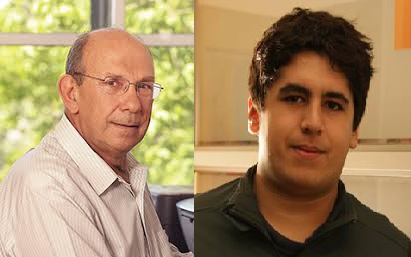
CHALLENGES OF THE ELECTRICITY SECTOR FOR 2020
MR. DIRECTOR:
Several challenges arise, starting with the new regulation of complementary services, where secondary and tertiary frequency control services may be provided through competitive auctions. The introduction of auctions is intended to promote greater competition, but there is some uncertainty as to the results. The main challenge for the authority will be to monitor its operation, ensuring that it does not introduce unjustified price increases, considering that the resources for auctions will be similar to those paid today.
Another is the long distribution project to modernize tariff regulation, focusing on end users, incorporating the energy trader as an alternative to increase competition. A major issue will be the design of contracts between marketers and end customers, and the relationship with long-term supply contracts currently awarded. Ensuring the long-term adequacy of the system is another aspect to be examined.
Transmission expansion requires ensuring that transmission clearances defined in expansion plans are efficient. All long-term energy planning scenarios, with probability of occurrence, should be considered.
Another issue is the quality of service in distribution, with the regulatory requirement for the average interruption time index per customer increasing by 26%. What is the relationship of the standard to a reasonable level of security costs? Public policy objectives and economic efficiency must be balanced.
Finally, power payments. What is the level of sufficiency we require and at what cost? The challenge is to move towards competitive mechanisms to remunerate capacity, since the current administered price scheme does not respond to an efficient allocation of resources. This should be analyzed in the flexibility strategy.
Hugh Rudnick
Luciano Silva





